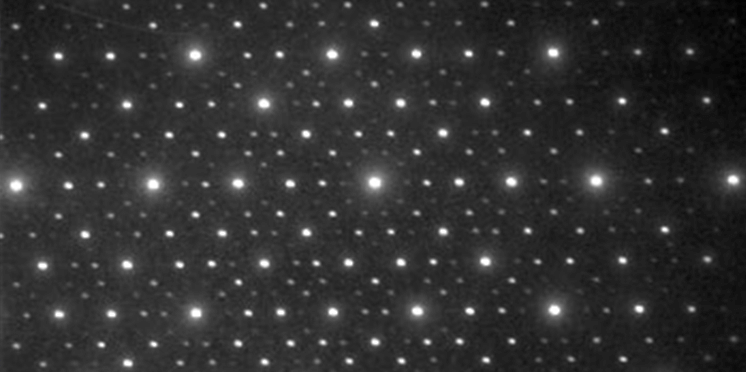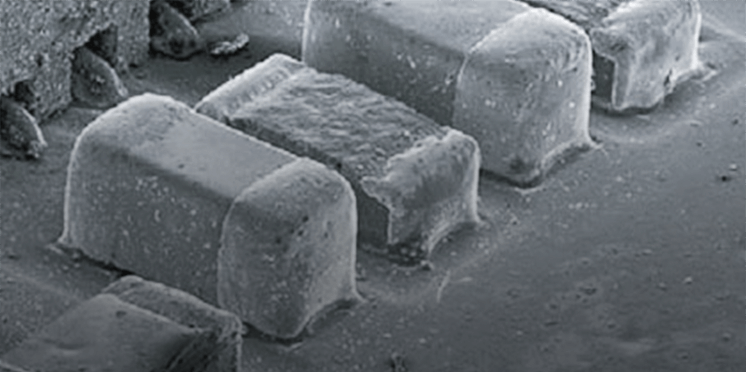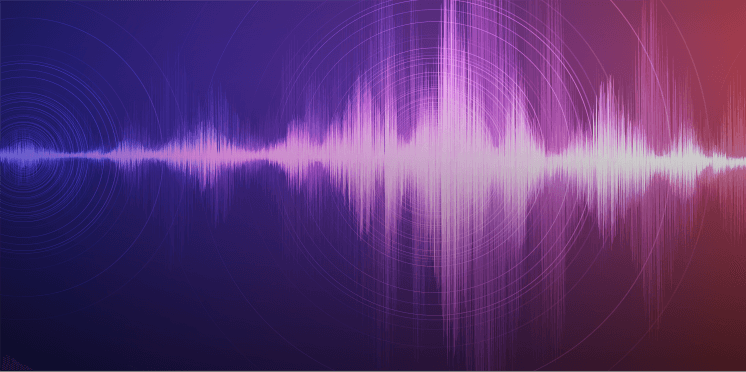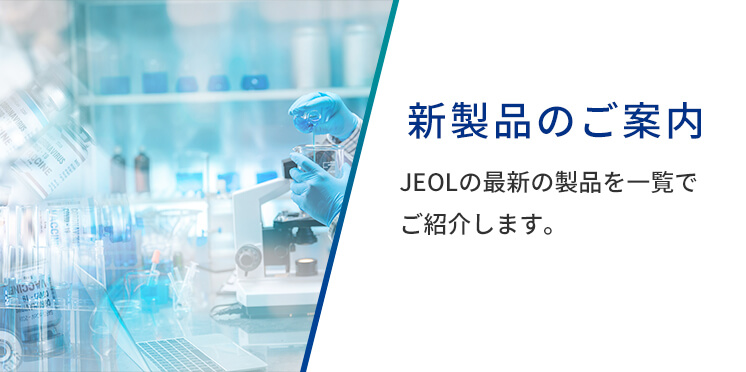環境制御TEM
環境制御TEM
Environmental TEM, ETEM
[目次:理論(電子の散乱/回折/結像)]
試料周囲にガスを導入して通常の鏡筒内真空よりも高い圧力環境下で試料観察ができるシステムを装備した透過電子顕微鏡。方式により隔膜型と差働排気型に大別される。前者は、試料ホルダ内にガス環境室(EC:environmental cell)を設ける方式である。ECにはガス導入/排気用通路が接続されるとともに環境室の上下には電子線透過用の穴が開いている。導入されたガスの鏡筒内へのリークを防ぐために、これらの穴にはカーボンや窒化ケイ素の薄膜(隔膜と呼ぶ)が貼られている。後者は、鏡筒内試料室にガスを導入する方式である。導入されたガスが鏡筒内各部に拡散して鏡筒内真空が悪化するのを防ぐために、たとえばポールピース内の上下など、試料上下の光軸上に複数組のオリフィスを組み込み、それぞれのオリフィスで仕切られた空間を差働排気している。試料と導入ガスとの間の反応過程のその場観察や含水試料観察に利用される。
The Environmental TEM (ETEM) is a TEM which enables us to observe specimens under a gas-controlled environment. A volume around the specimen is filled with gases so that the pressure of the volume is kept higher than that of the TEM column. The ETEM is classified into two types; isolation-film type and differential pumping type. The former ETEM is equipped with an (gas) environmental cell (EC) in the specimen holder. A passage for gas introduction and evacuation is connected to the EC. There are holes above and below the EC to allow electron-beam transmission. To prevent gas leakage into the microscope column, thin films such as carbon or silicon nitride films (called "insulation films") are sealed to the holes. The latter ETEM is designed to introduce gasses into the specimen chamber in the microscope column. To prevent vacuum deterioration of the column caused by gas diffusion, differential pumping is adopted. For example, multiple orifices are incorporated into the upper and lower parts of the polepieces (on the optical axis). This construction enables differential pumping of spaces isolated by the respective orifices. The ETEM is used for in-situ observation of reaction processes between the specimen and the introduced gasses, observation of water-containing specimens, etc.
関連用語から探す
説明に「環境制御TEM」が含まれている用語






